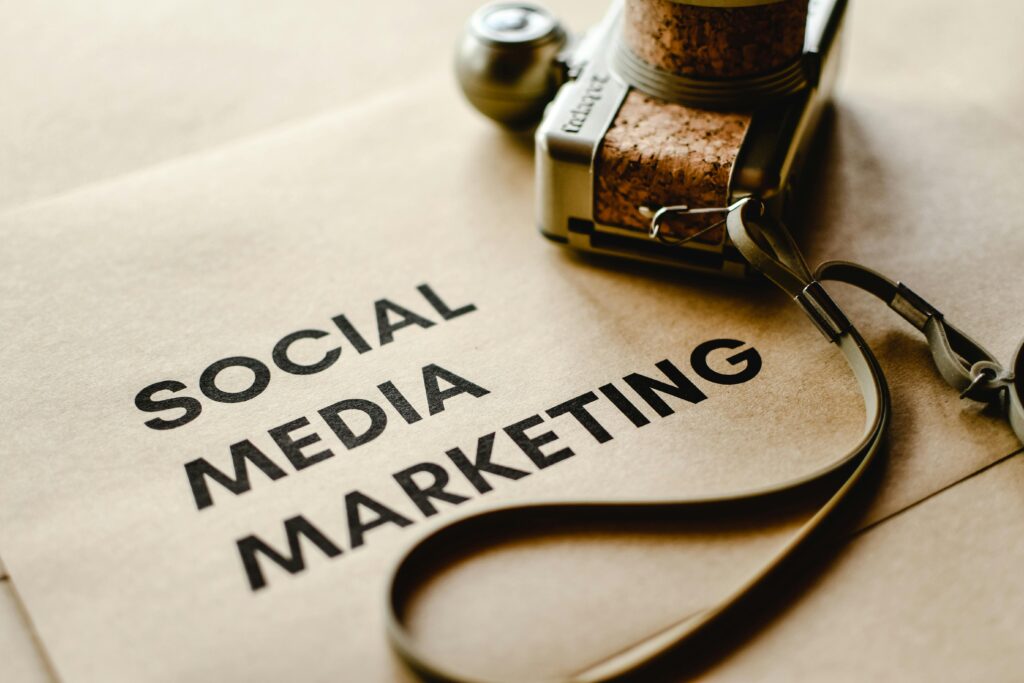As we look toward 2025, social media marketing continues to evolve at an exponential rate, driven by emerging technologies, shifting consumer preferences, and innovative platforms. In an age where social media has become a central part of daily life, marketers need to stay ahead of the curve by adopting the latest trends to stay relevant, drive engagement, and foster brand loyalty. So, what are the social media marketing trends you simply can’t afford to ignore in 2025? Let’s dive in.
One of the most significant trends on the horizon is the explosion of short-form video content. Platforms like TikTok, Instagram Reels, and YouTube Shorts have already shown the massive power of bite-sized, engaging videos, and this trend is only set to grow in 2025. Consumers are more likely to engage with quick, visually compelling videos than lengthy posts or static images. The key to success in short-form video is not just creating engaging content but understanding the algorithms that drive visibility on these platforms. Brands will need to be creative with storytelling, use trending sounds, and post frequently to stay relevant in an increasingly crowded space. Additionally, interactive content like polls, quizzes, and live Q&A sessions is gaining traction. Consumers are no longer passive recipients of content; they want to participate in the conversation. Brands that offer interactive experiences, particularly in real-time, will foster deeper connections with their audiences. By allowing users to shape the conversation, marketers can build a sense of community and involvement that leads to more organic engagement and a stronger emotional connection with the brand.
Another trend that will dominate social media in 2025 is social commerce—the integration of shopping directly into social platforms. From Instagram’s shoppable posts to TikTok’s in-app purchasing options, platforms are streamlining the buying process for consumers. By 2025, we’ll see even more seamless social commerce features across platforms, allowing users to browse, shop, and check out without leaving the app. This direct-to-consumer approach eliminates friction, reduces the number of steps in the purchase journey, and creates a frictionless shopping experience. To capitalize on this, brands must optimize their product listings and provide a curated shopping experience that aligns with the social content they’re creating. The more intuitive and seamless the process, the higher the conversion rates. Along with social commerce, augmented reality (AR) will revolutionize how consumers interact with brands on social media. In 2025, AR will become more mainstream as an interactive tool for customers to virtually try on products before buying them. Companies like Sephora and IKEA have already embraced AR to allow customers to visualize products in their homes or try on makeup virtually. Expect to see more brands leveraging AR in creative ways, offering consumers personalized, immersive shopping experiences that blend the physical and digital worlds seamlessly.
Moreover, influencer marketing will continue to evolve, but with a new twist in 2025. While influencer partnerships will still be effective, brands will need to become more authentic and transparent about the types of influencers they work with. Micro and nano-influencers, with their niche audiences, will take center stage, as consumers crave more authentic and relatable content. These influencers often have higher engagement rates and trust levels with their followers compared to celebrity endorsers, making them ideal for brands looking to drive genuine connections. Additionally, the rise of AI-powered influencers—virtual characters powered by artificial intelligence—will likely disrupt traditional influencer marketing. These AI influencers are capable of creating highly personalized content at scale and can engage with followers 24/7, providing a new frontier for brand collaborations.
As we move into 2025, personalized and data-driven marketing will become even more critical. Consumers expect brands to understand their preferences and deliver tailored content that speaks to their unique needs. Leveraging AI and machine learning tools, marketers will be able to deliver hyper-targeted ads and personalized messaging based on individual user behaviors. The ability to predict trends, anticipate needs, and craft customized content will give brands a competitive edge. Social listening tools and advanced analytics will help marketers track conversations, sentiment, and brand perception across social platforms, offering real-time insights into consumer behavior. These insights will allow for highly personalized, data-backed content strategies that increase engagement and drive conversions.
Lastly, sustainability and social responsibility will be at the forefront of social media marketing in 2025. As consumers become more socially and environmentally conscious, they expect brands to take a stand on issues that matter to them. Whether it’s championing sustainability initiatives, supporting social justice causes, or advocating for ethical practices, brands will need to align their values with their messaging. Authenticity in these efforts will be key—consumers can quickly spot “greenwashing” or token gestures that lack real commitment. Brands that authentically embrace sustainability and take a stand on social issues will gain consumer loyalty and trust in 2025.
In conclusion, the future of social media marketing in 2025 is incredibly dynamic, with new technologies and consumer expectations shaping the way brands engage with their audiences. By embracing trends like short-form video, social commerce, AR experiences, influencer marketing, data-driven personalization, and social responsibility, brands will not only stay relevant but thrive in an increasingly competitive landscape. To succeed, marketers must be agile, creative, and responsive to the ever-changing needs of the digital consumer. The future is bright for brands that harness the power of these trends effectively.


